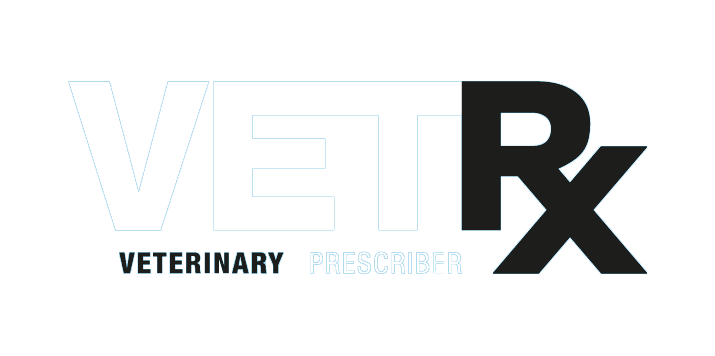Veterinary medicines risk assessment
Medicines risk assessment in veterinary practice
For veterinary employers, understanding the hazards and preventing harm from medicines handling is a key responsibility, detailed in the Control of Substances Hazardous to Health (COSHH) regulations. The Control of Substances Hazardous to Health (COSHH) regulations is the law that requires employers to protect staff from hazardous substances. Veterinary practices that are members of the Royal College of Veterinary Surgeons (RCVS) Practice Standards Scheme (PSS) are also assessed on their compliance with the regulations under RCVS’s voluntary standards scheme. Failure to adequately control hazards can lead to prosecution under the COSHH Regulations and civil action from injured or ill employees.
What is covered by the COSHH regulations?
COSHH regulations define a hazardous substance as “a substance or mixture with the potential to cause harm if they are inhaled, ingested, or come into contact, or are absorbed through the skin” (COSHH). The definition includes veterinary medicines. But it can be a struggle for veterinary employers to make sense of how medicines fit with the Control of Substances Hazardous to Health rules.
Areas that need assessing in relation to occupational exposure to medicines in veterinary practice include: general medicines handling; cytotoxic medicines handling; and spillage of medicines. All medicines have the potential to cause harm and should be considered as hazardous. Understanding the hazards and preventing harm is a key responsibility for a veterinary practice.
What type of medicine handling activities occur in veterinary practice?
Medicines are used on a daily basis in veterinary practice. The following are types of activities in which medicines handling occurs and where there is a potential for harm. Such uses need to be considered in the Control of Substances Hazardous to Health assessment.
dispensing and administering a medicine to an animal in the practice
dispensing a medicine for a client to administer
manipulating a medicine (e.g. crushing tablets)
manufacturing (compounding) a medicine in the practice
cleaning up a medicine spillage
handling medicine-contaminated equipment, body fluids, excreta, bedding etc.
disposing of medicines in the practice and handing them over to a waste management company.
Who is handling the medicine is also relevant
The potential for harm from handling a medicine in veterinary practice also depends on who is doing the handling. Not everyone is at the same risk of harm. A person with a particular substance allergy will be at higher risk form handling medicines that contain the substance as an ingredient. A woman who is, or might be, pregnant will be at higher risk of harm from medicines with cytotoxic or reproductive toxicity.
Making the risk assessment
In making the risk assessments, veterinary employers must take into account the inherent toxicity of the medicine ingredients, how the medicine is handled and also who is handling the medicine. It is not surprising that veterinary employers can find it difficult to make risk assessments for medicines. To help with this Veterinary Prescriber has developed a 7-step guide to medicines risk assessment. Watch this short video.
Whether you have a fully embedded COSHH system, or are just starting to think about the risks from handling medicines, the seven steps can help you protect staff and clients from medicines hazards. This guide is available to subscribers in Veterinary Prescriber’s Virtual Veterinary Medicines Academy,
Veterinary Prescriber is an independent medicines information resource that helps veterinary practitioners and practices with all aspects of medicines use. We understand the clinical, practical and regulatory aspects of medicines use. In short, we make sense of medicines. As well as practical guides on medicines use, we publish independent reviews of medicines that help practitioners to make prescribing and purchasing decisions. We're proud to be wholly independent, which means that the information we provide is impartial and not influenced by commercial interests. We are funded by subscribers, which means we can be completely objective.
For more information on Veterinary Prescriber, including how we research and produce our content, or to meet the Veterinary Prescriber team, please see our about us page, or to begin reading that content right now, you'll need to sign up for an individual or practice subscription.
Veterinary Prescriber also offers CPD on medicines for vets, vet nurses and SQPs through The Academy. For further details on The Academy itself, what is covered in the CPD modules, or to sign up today, click here - and lastly if you'd like to contact our team directly, you can of course do so using the details you'll find on our contact us page.Veterinary Prescriber is an independent medicines information resource that helps veterinary practitioners and practices with all aspects of medicines use. We understand the clinical, practical and regulatory aspects of medicines use. In short, we make sense of medicines. As well as practical guides on medicines use, we publish independent reviews of medicines that help practitioners to make prescribing and purchasing decisions. We're proud to be wholly independent, which means that the information we provide is impartial and not influenced by commercial interests. For more information on Veterinary Prescriber, including how we research and produce our content, see our about us page,

